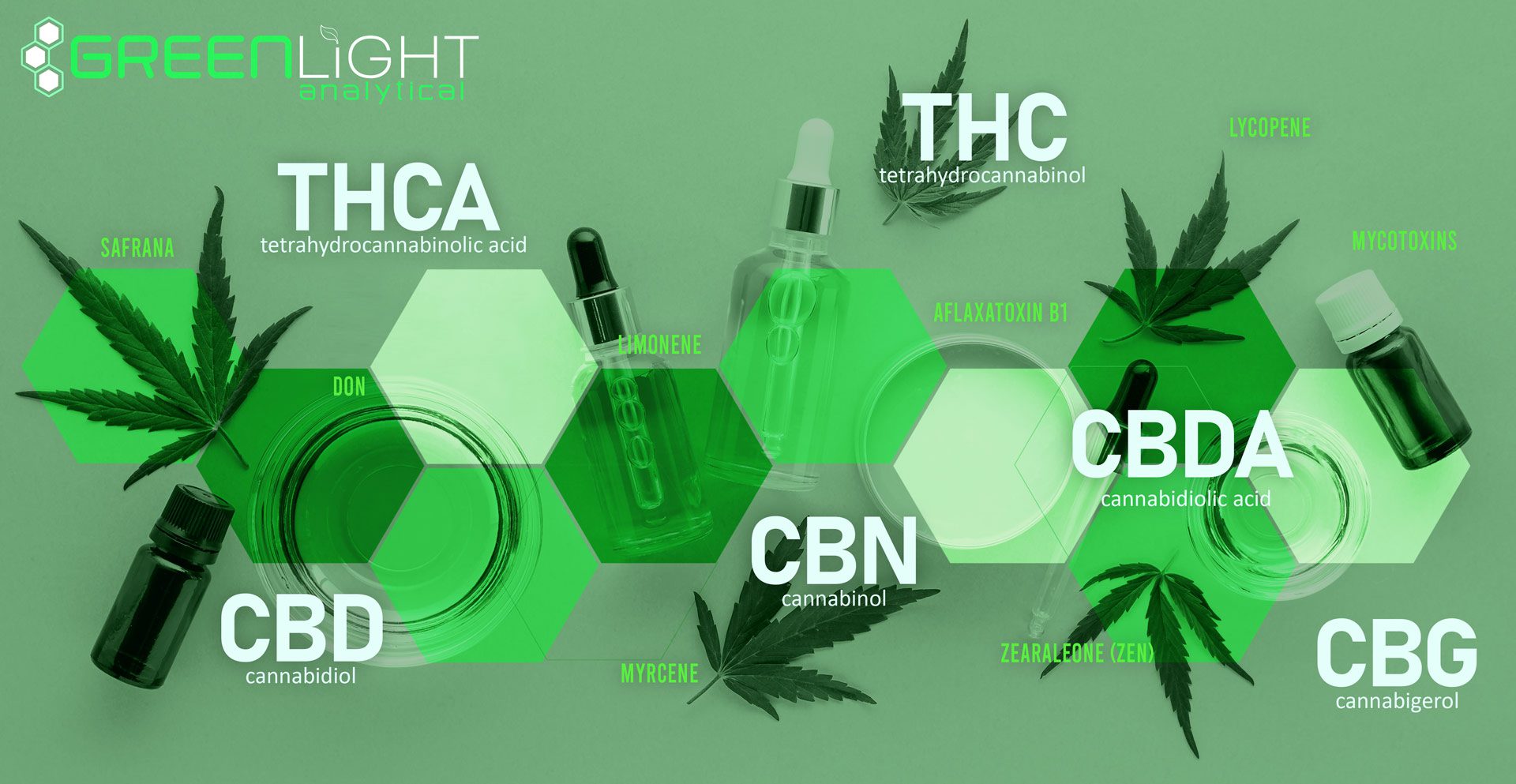growing quality cannabis using data driven decisions
As more jurisdictions legalize medical and recreational cannabis, consumers are becoming more sophisticated, putting producers under pressure to grow products with specific tastes, aromas, and experiences. Cannabis is a complex plant that contains a wide variety of compounds that affect users in different ways. To satisfy customers’ demands, producers need to grow crops with the whole plant in mind, not just THC.
Cannabinoids are the most well-known and studied compounds in cannabis. The two most abundant and well-researched cannabinoids are tetrahydrocannabinol (THC) and cannabidiol (CBD). THC is responsible for the psychoactive effects of cannabis, while CBD is non-psychoactive and has been associated with various potential therapeutic benefits. It’s important to note that there are over 100 other cannabinoids present in cannabis, each with its own potential effect
Terpenes are the aromatic compounds found in many plants and are responsible for the distinct flavor and smell that help define different strains. They also have therapeutic properties. For example, myrcene is known for its sedative effects, while limonene is associated with mood elevation.
Flavonoids are a diverse group of phytonutrients found in various fruits, vegetables, and plants, including cannabis. These compounds contribute to the plant’s pigmentation and possess potential health benefits. Recent studies focus on their antioxidant, anti-inflammatory, and neuroprotective properties.

Cannabis also contains fatty acids, vitamins, minerals, and sulfur compounds. Sulfur based VOCs also contribute to the flavor and smell of the plant. More research is needed to understand how they impact the overall taste, smell, and user experience of cannabis.
Understanding the plant’s chemistry is essential for developing effective cultivation SOPs, extraction methods, and curing strategies. The wide variety and combinations of compounds, growing conditions, cultivation methods, and post-harvest processing can all influence the chemical makeup of a particular cannabis product. These variables make product quality and consistency difficult to achieve.
Cannabis products are typically measured post-harvest, in other words, “plant and pray.” Monitoring various parameters such as temperature, humidity, and light levels, give growers the information to ensure crops are getting the correct environment in which to grow, however, until now, growers haven’t been able to tell how the environment is affecting the plants chemo-profile. Measuring the chemistry as the plants grow will let producers make changes to the environment in real-time, to optimize quality, and potency as well as the early detection of problems, preventing lost crops and revenue.
HarvestIQ is an in-house chemical analyzer using the same technology as external labs but simplified for easy use. We provide an easily understood report, listing the full chemo-profile of the crops, including THC/CBD, the minor cannabinoids, terpenes, and flavonoids. We not only tell you what’s in the plant, but in what quantities. This level of precision contributes to the development of high-quality products with the taste & experience sought by consumers. Data-driven decisions empowers growers to steer their crops to optimize quality and maximize profits.
